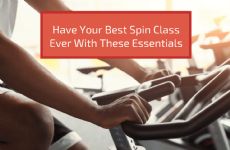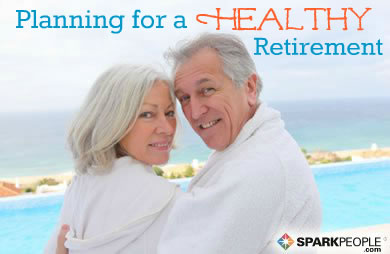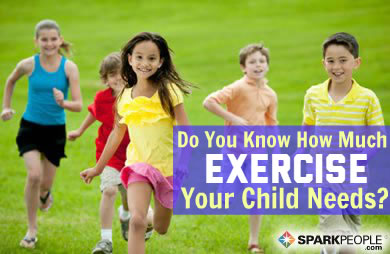|
Are you a choosey grocery shopper who reads nutrition labels, avoids produce from the dirty dozen list and prepares healthy meals for yourself or your family only to cook up a meal on an old, warped, non-stick pan whose coating has been worn, chipped or rusted after years of use and abuse? If the thought of pots and pans "leaching" unhealthy chemicals into your pasta primavera scares you, consider switching your cookware. Some types of cookware can be giving off toxic fumes and chemicals when they are heated. These chemicals can build up in your system over time, potentially wreaking havoc on your health. Teflon (the brand name for the man-made chemical PTFE), a popular coating found on non-stick pots and pans, releases toxic fumes when overheated. PTFE has been known to cause flu-like symptoms in humans and can be fatal to birds. While there can be issues with any type of cookware depending on cooking temperature, storage and user error (so be sure to follow the manufacturer's care instructions to keep you and your family safe), there are quite a few healthier alternatives out there, and one is sure to suit your lifestyle. Cast IronThey may look old and greasy but that's what makes cast-iron skillets excellent for cooking, baking, frying, roasting, searing and a host of other cookery. Because they are incredibly dense, they heat evenly and the seasoning formed from years of use makes them naturally non-stick. A new cast iron pan will need to be properly seasoned to create a non-stick surface and keep it rust-free.Break out grandma's hand-me-down skillet or get your own—these days they even come pre-seasoned so there goes that excuse. We love this version by Lodge.  Photo courtesy of Amazon If you're looking for something a little fancier than your run-of-the-mill, maybe-not-so-pretty cast-iron pan, Le Creuset makes a enameled/cast-iron skillet combo featuring the same benefits as cast iron but with a chip- and crack-resistant enamel and an easier-to-grip handle. 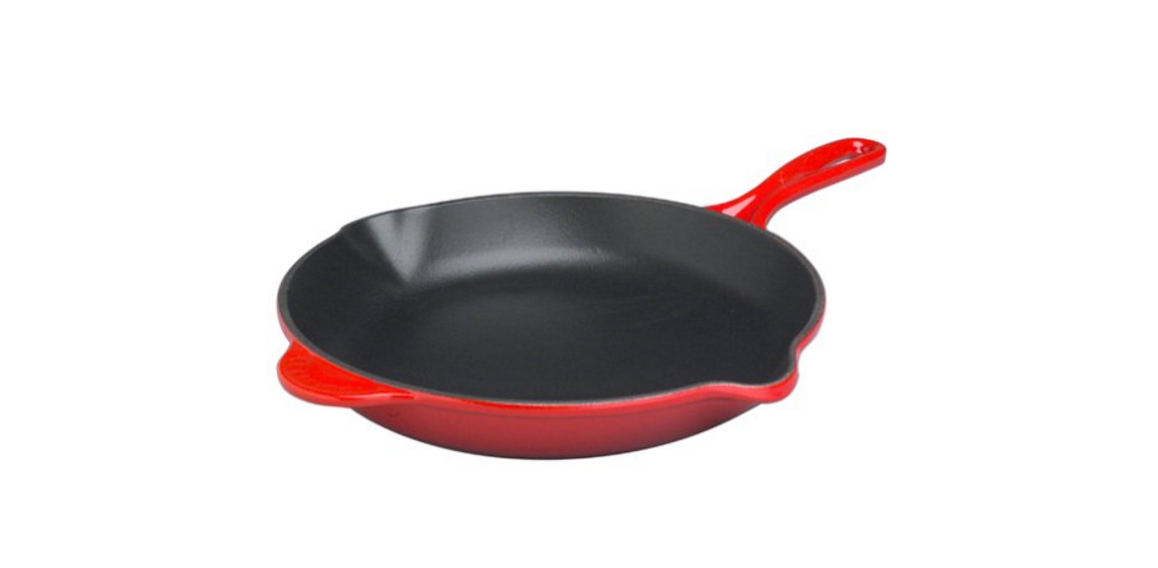 Photo courtesy of Amazon Due to the dangers of removing the skillet's seasoning which can lead to rusting, you can't clean your cast iron using soap, steel wool or the dishwasher. You can, however, get medieval on it with this awesome chainmail scrubber.  Photo courtesy of Amazon StainlessStainless steel cookware is non-reactive, so you won't have to worry about your salmon tasting like you're eating the pan too. These pots and pans move easily from stove to oven and the surface is great for achieving a crusty sear on your meat, as well as scraping, deglazing and making sauces.Solid stainless is not a great heat conductor by itself; typically, they feature an aluminum or copper core to help them heat more evenly. Invest in thicker, more sturdy stainless cookware for the most even cooking surface and the longest use. When taken care of properly, a good set could last up to 50 years, like this set from All-Clad.  Photo courtesy of Amazon Since it's common for stainless pots and pans to gain brown spots and some discoloration over the years, be prepared to roll up your sleeves and give them a good scrub with Bar Keepers Friend or another cookware cleaner and polish to restore them to their original shine. ClayFor thousands of years, clay pots have been used in the kitchen, so why not call upon them in your own home? Inexpensive and nice to display, clay pots become seasoned after a few uses, much like cast iron. Food inside the vessel is steamed as heat and moisture circulate throughout the pot, and, as they require no oil to cook, oftentimes your meals will be lower in fat, yet still moist and delicious. Because food is steamed, that means nutrients are locked in during cooking. And since clay is non-reactive, the material will not leach into your food.Make traditional Spanish dishes such as Bacalao Al Pil-Pil in a casserole dish like this cooking tureen or try your hand at a Moroccan fish tagine with a decorative, conical tagine pot.  Photo courtesy of Amazon Clay pots require extra care and a watchful eye to make sure they don't crack or overheat during cooking. Cleaning your clay pot requires no soap—only water, a brush and some baking soda. CopperJulia Child chose to cook with her beloved copper pots for a reason. As a master of French cuisine, she knew that copper was king when it came to high-performance cooking. Faster cooking times and even heating means when you reach to turn your burner down before your rice burns, the pot will respond quickly in kind, rescuing dinner.Even though copper is an essential mineral found throughout the human body, too much copper can be poisonous. To avoid the possibility of too much copper leaching into your food, many pots and pans are lined with stainless steel (check the product's description before you buy) so you can experience quality cooking without any unwanted side effects. Whether you're looking to add one quality piece to your collection or a whole set, you can rest assured that the next time you find yourself dutifully stirring a risotto or hollandaise, your new copper pot will help keep the heat nice and steady.  Photo courtesy of Amazon To clean copper, fill your pot or pan with water and a bit of soap and let it simmer for 10 to 15 minutes. If bits of stuck food need a little nudge, try a bamboo scraper, which is hard enough to scrape the pan clean but soft enough not to scratch it. EnameledEnamelware is created similarly to ceramics in that it requires a glazing process. With enamelware, though, the coating (or enamel) is applied over cast-iron or steel cookware instead of pottery. The enamel helps prevent rust and to evenly distribute heat throughout the surface of the cookware. It's also resistant to acidic foods, which makes them perfect for long, slow cooking, as with a meaty ragù or a hearty tomato sauce.Good quality enamelware can be passed down alongside your great-grandmother's recipes so long as you follow handling instructions and treat your cookware with care so it doesn't chip, scratch, rust or fade. Invest in pieces such as the classic Le Creuset Dutch oven or try the budget-friendly Lodge enameled cast iron as a starter piece. 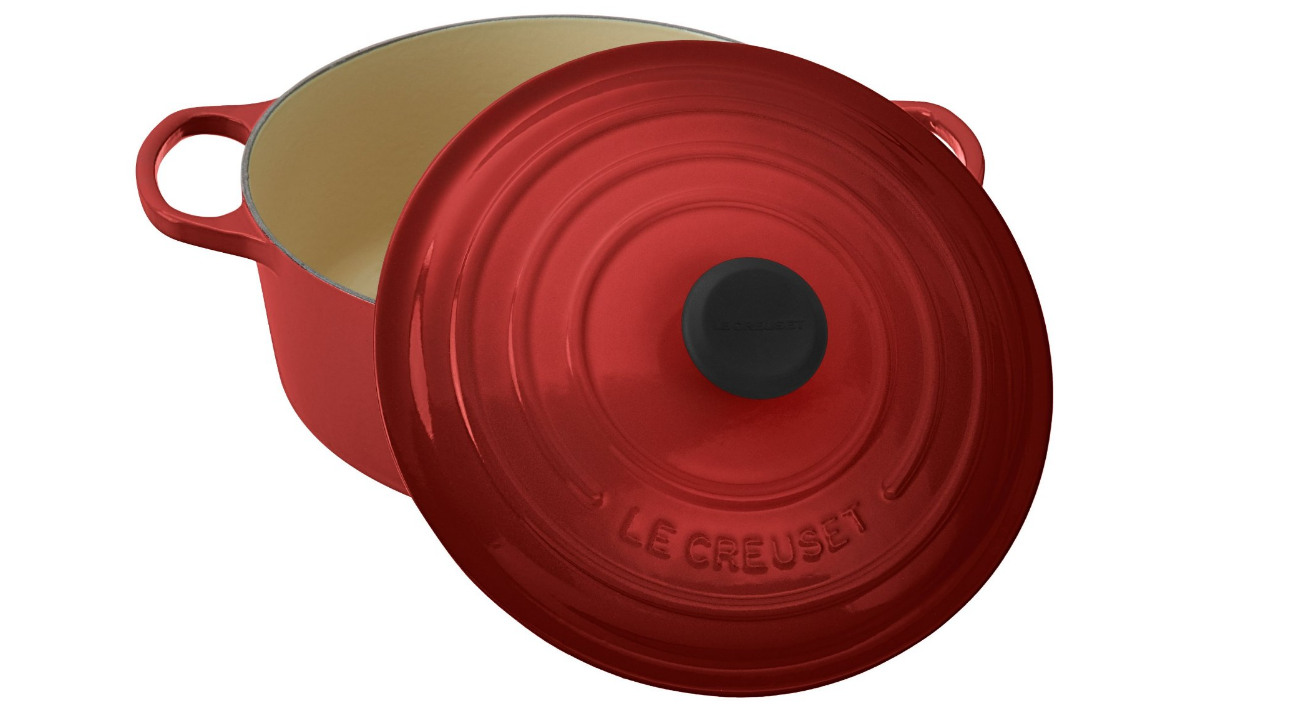 Photo courtesy of Amazon Cleaning enamelware is like cleaning copper, but you should use baking soda instead of soap. Employ a bamboo scraper or colorful wooden spoon (no metal) to remove any remaining stubborn bits from the bottom. GlassThe Corning company launched its familiar glass Pyrex brand before WWI and glass bakeware has been used ever since. But did you know you can also cook with some types of glass (read the manufacturer's instructions for stovetop or microwave safety)? Though less popular, glass pots and pans have their advantages. They heat up more quickly than metal cookware, which can shorten your cooking time, and since they are see-through, you can more easily monitor your food as it cooks. Glass pots also radiate heat through the sides, which produces more even heating. To shorten cooking time even further, you can place your food in its glass pot all together in the microwave before moving it to the stovetop.Try this economically priced saucepan with lid from Corning Vision and watch it cook perfect hard-boiled eggs every time. 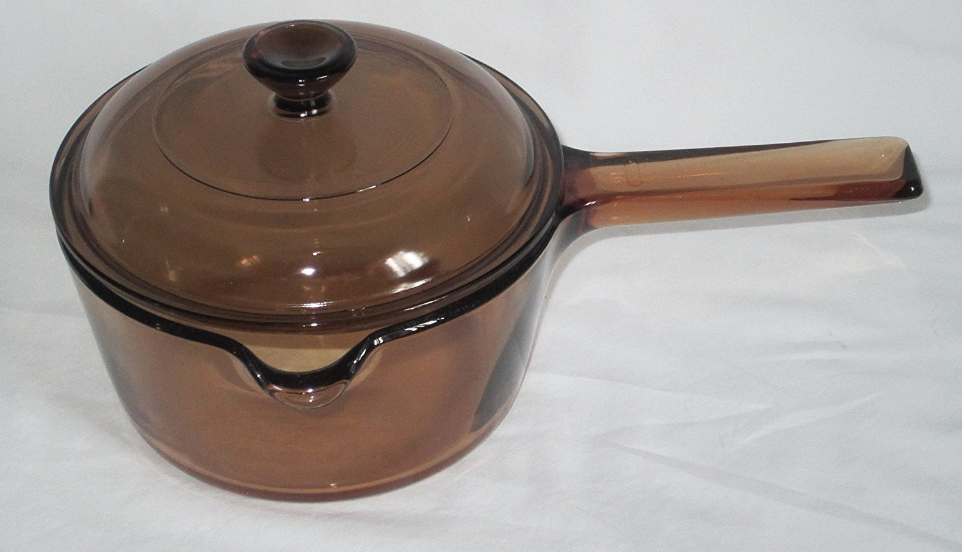 Photo courtesy of Amazon Because it retains heat, more food can get stuck to and burned on the inside of the glass pot. Fortunately, the best part about glass pots is you can clean them however you like—by hand, with soap and a scrubber or place right in the dishwasher. What's your favorite non-toxic cookware? We hope you love these products a much as we do! SparkPeople may collect a small percentage of revenue from links on this page. |
Popular EntriesRelated Entries |
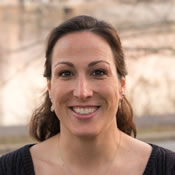

.jpg)




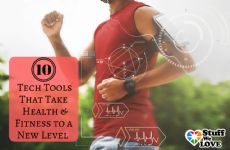

.png)
